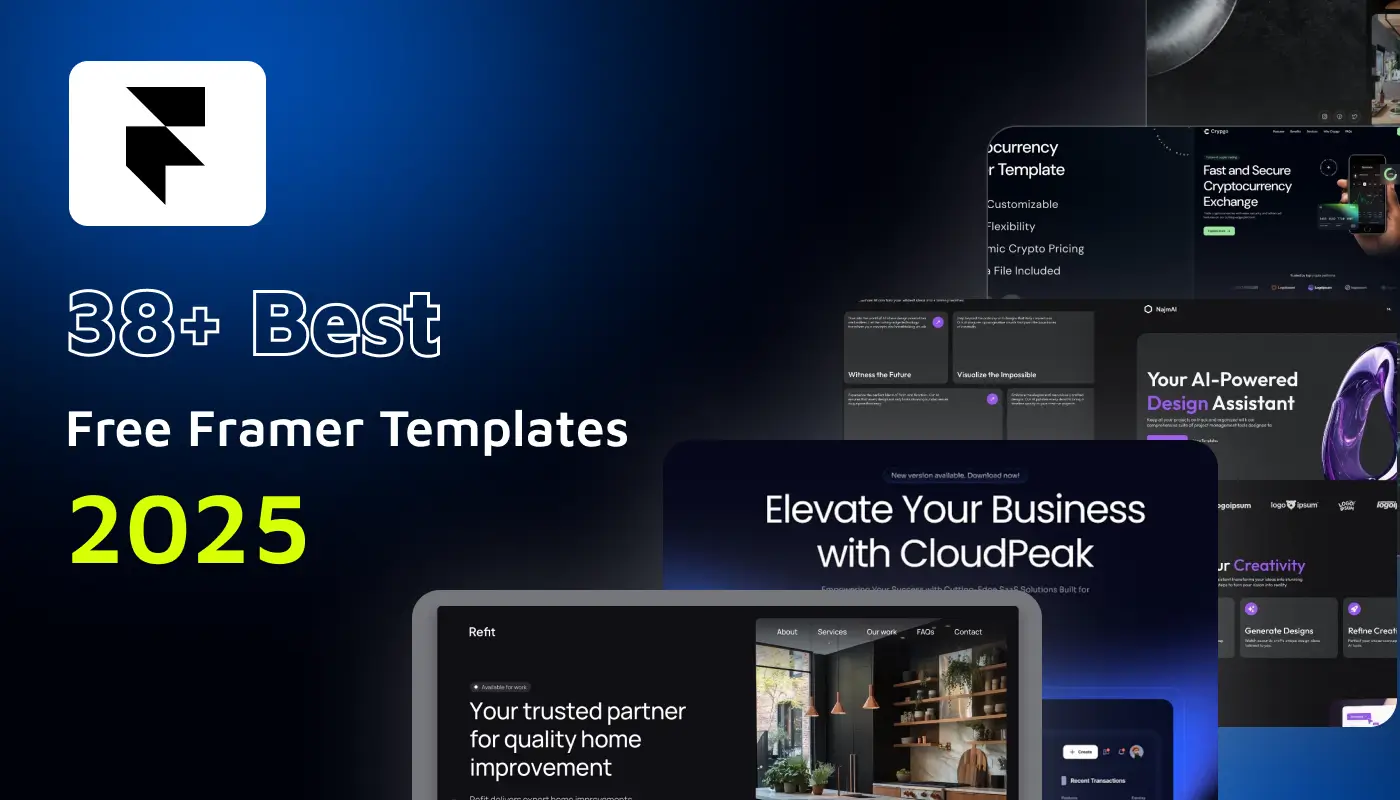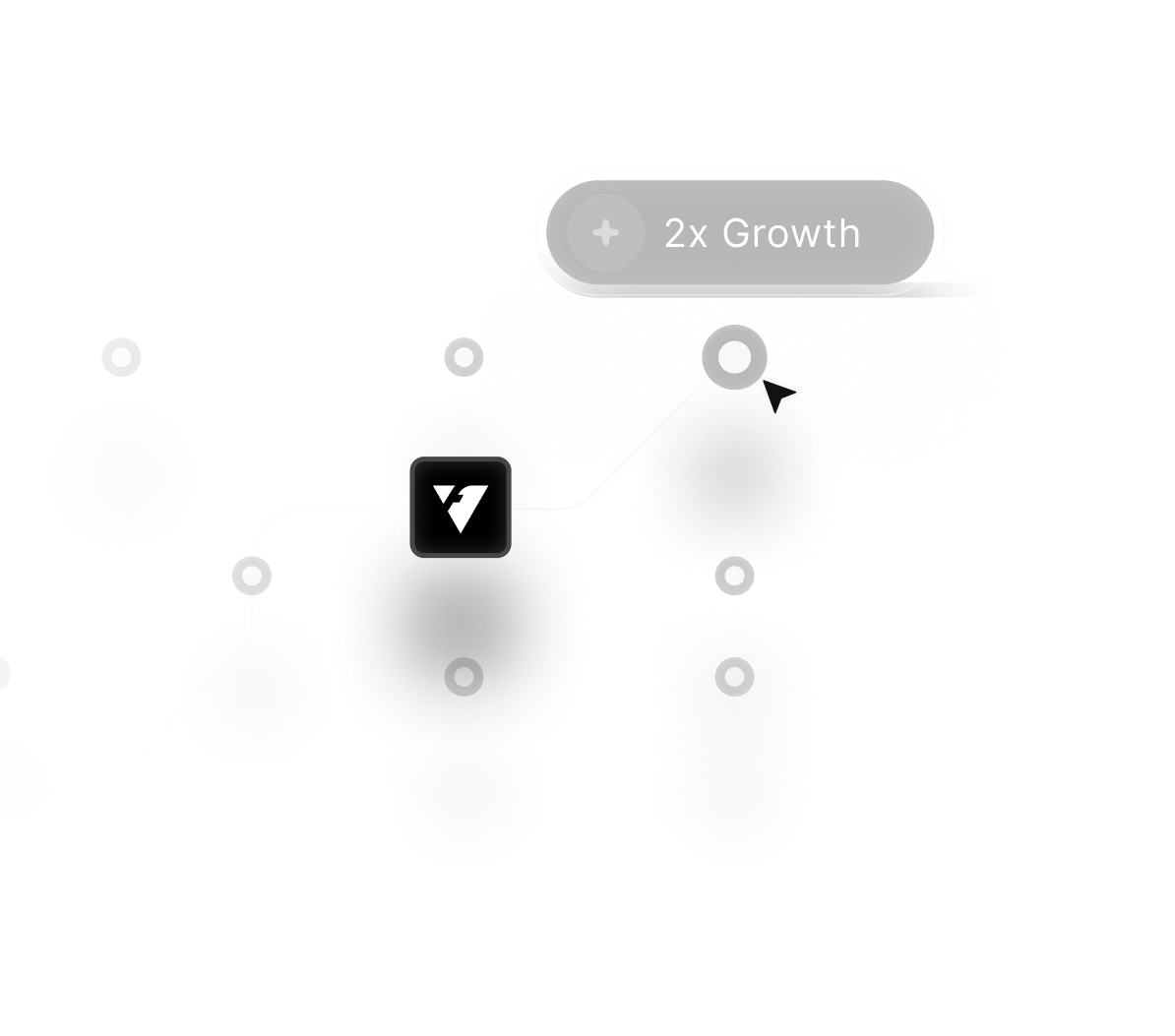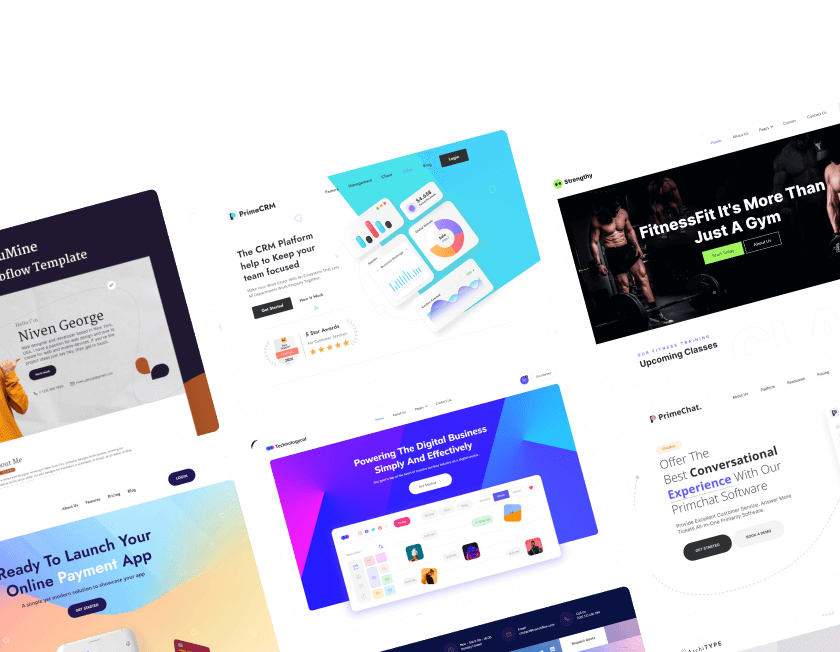
Connecting a website to Google Analytics helps uncover user behavior and track important metrics that drive stronger growth. Webflow makes integration simple by allowing script embeds that link accounts seamlessly to Google Analytics dashboards.
Access to reports gives deeper visibility into engagement, bounce rates, and time on page for performance evaluation. Insights guide design changes, ensuring websites match user expectations and improve retention across devices.
Tracking conversions highlights the impact of campaigns, products, and calls to action for better results. Google Analytics integration supports SEO decisions by revealing top-performing content and traffic sources.
Setting up goals allows teams to measure form submissions, downloads, or any key action on the website. Custom dashboards provide clarity on business priorities, making reporting easier and more accurate.
Webflow paired with Google Analytics unlocks a powerful system for measuring impact in 2025. Using this approach guarantees that websites remain in line with user requirements and digital expansion plans.
"Gain deeper website insights today.
Schedule a free consultation & discover smarter analytics strategies for Webflow growth."
Table of Contents
- How to obtain the Google Analytics Tracking ID?
- Copy the tracking ID For Google Analytics
- Paste the project settings in step three
- Google Tag Manager and Google Analytics integration
1. How to Obtain the Google Analytics Tracking ID?
To begin using Google Analytics, you must first register an account and receive a tracking ID. We'll guide you through the process of acquiring your Google Analytics tracking ID in this article.
Sign up for a Google Analytics account.
Create a Google Analytics account if you don't already have one. Go to the Google Analytics website and click the "Sign Up" button to get started. You'll be asked to enter your email address and create a password. You'll be brought to the account setup page when you've established your account.
After you've set up your property, you'll be taken to the tracking code page. This is where you'll find your tracking ID, which is a unique identifier for your website or app.
To obtain your tracking ID, simply look for the "Tracking ID" section on the tracking code page. Your tracking ID will be a string of letters and numbers that begins with "UA".

It should be copied and entered into the Webflow Google Analytics Account Number working area.
Keep in mind that sometimes it takes up to 24 hours for your Webflow numbers to appear in Google Analytics. You can use the tool to gain insightful information about your website stats when it's finished.
Find your google tag
1. Access your Google Analytics account by logging in.
2. Choose an administrator.
3. Click Data streams > Web under the Property column.
4. Select the website's data events stream.
2. Copy the Tracking ID For Google Analytics
Many businesses use Google Analytics to monitor their website's performance. This tracking tool provides a wealth of data on the dashboard, including the number of visitors to your site and which pages they view.
To access this data on the Webflow site, you will need to copy the tracking ID for Webflow Google Analytics.
The tracking ID is a unique numerical code that identifies your account in Webflow Google Analytics. It usually begins with, followed by several numbers and hyphens.

You can find this code in the Admin section of Analytics when you log into your account. Once you have found it, copy and paste it into the appropriate space on your website so that all activity on your website can be tracked accordingly.
It is important to record that each property or view within an account has its tracking ID, so make sure you are using the correct one for what you want to track.
3. Paste it into the Webflow Project Settings in Step three
To get started with Google Analytics, you need to create an account and obtain a tracking ID. In this blog, we'll walk you through the process of adding your Google Analytics tracking ID to your Webflow project.
After you've set up your property, you'll be taken to the tracking code page. This is where you'll find your tracking ID, which is a unique identifier for your website or app.
To obtain your tracking ID, simply look for the "Tracking ID" section on the tracking code page. Your tracking ID will be a string of letters and numbers that begins with "UA-".
Once you have obtained your tracking ID, it's time to add it to your Webflow project. To do this, go to your Webflow project and click on the "Project Settings" button.

Then, click on the "Custom Code" tab and paste your Google Analytics tracking ID into the "Head Code" section. This will allow Google Analytics to track the traffic to your Webflow site.
After you've added your Google Analytics tracking ID to your Webflow project, it's important to verify that the tracking code is properly implemented.
To do this, go to the Google Analytics tracking code page and click on the "Verify Installation" button. If everything is set up correctly, you should see a message that says "Tracking Code Installed".
That's it! With these simple steps, you'll be able to add your Google Analytics tracking ID to your Webflow project and start tracking the traffic to your website.
By using the data provided by Google Analytics, you'll be able to make informed decisions about your website and improve your online presence.
4. Google Tag Manager and Google Analytics Integration in Webflow
Using Google Analytics Tag Manager, you can simply create, edit, and manage tags on your website without having to make changes to the code.
To get started with Google Tag Manager, you need to create an account. Go to the Google Analytics Tag Manager website and click on the "Sign Up" button. Create a password and enter your email address.
After creating an account, you must include Google Tag Manager in Webflow. Here's how to use the two code snippets you'll see to finish this process.
- The first excerpt should be copied to your clipboard.

- Go to your Webflow projects and select Project.
- Go to the Customs Code tab.
- Copy and paste the first snippet.
- Save modifications.

You must also insert the short snippet to completely integrate Google Tag Manager. Please take record that the steps listed below may not always be necessary.
For example, we typically don't attach the second script to our Webflow sites because the second snippet is only required when JavaScript is disabled in your web browser. JS is enabled by default, however, if you turned it off for whatever reason, you must take the following action.
- Return to the Designer.
- Drag Embed into your project by selecting the attached panel and clicking on it. Ensure that the first selection under Body is Embed.
- Reopen Tag Manager and copy the second sample.
- Paste the snippet back into Webflow when you get there.
- Select Save & Close.
You may quickly paste the Embed element on all the pages where you want to incorporate and integrate Google Tag Manager if you use Webflow.
Conclusion
Adding Google Analytics to Webflow ensures a smarter way to track data, optimize design, and refine strategies effectively. Reports provide insights into traffic patterns, campaign effectiveness, and visitor journeys across multiple devices.
Accurate tracking helps improve conversions by identifying what resonates most with target audiences. A streamlined setup makes integration easy, removing complexity while offering valuable measurement tools.
Monitoring performance trends supports long-term digital growth and stronger website adaptability. Real-time reporting assists in shaping marketing decisions and scaling initiatives more confidently.
Visitor insights strengthen engagement strategies, driving improvements in both content and design. Analytics ultimately transforms Webflow into a more powerful, measurable, and growth-focused platform.
Consistent evaluation creates opportunities for innovation and lasting online performance improvements.

FAQ
1. Why is Google Analytics important for Webflow websites?
It helps measure traffic, conversions, and audience behavior, enabling better decisions for growth and performance optimization.
2. How do I integrate Google Analytics into Webflow?
Simply paste your Google Analytics tracking ID into the Webflow project settings under the integrations section.
3. Can I track e-commerce sales in Webflow using Google Analytics?
Yes, Google Analytics can track purchases, revenue, and customer journeys on Webflow e-commerce sites when configured properly.
4. Does adding Google Analytics slow down Webflow websites?
No, when installed correctly, Google Analytics loads asynchronously and does not significantly affect page speed.
5. Can multiple team members access Google Analytics data?
Yes, Google Analytics allows multiple users, making collaboration easier for marketing, design, and management teams.
6. What version of Google Analytics should I use for Webflow in 2025?
Google Analytics 4 is the recommended version, offering advanced event tracking and cross-platform insights for Webflow users.
Table of Contents
Choose Our Service, Grow Fast!
Follow Us
Related Posts

Explore 38+ free Framer templates for 2025 with updated designs. Create beautiful, fast, and fully cloneable websites that are SEO-friendly and easy to customize.
Framer’s marketplace offers over 2,000+ modern and fully customizable templates, making it easy to find the perfect starting point for your next website. This list highlights the #1 selected 38+ Free Framer templates for 2025, all handpicked for quality and performance."


December 5, 2025
Impactful hero videos guide viewers through energy and storytelling, while static imagery excels in simplicity, fast loading, and instantly communicating core brand value.
Impactful hero videos guide viewers through energy and storytelling, while static imagery excels in simplicity, fast loading, and instantly communicating core brand value.


Avoid costly SaaS errors with our guide to common mistakes and proven tips to boost product adoption, increase revenue, and enhance overall customer success.
Avoid costly SaaS errors with our guide to common mistakes and proven tips to boost product adoption, increase revenue, and enhance overall customer success.

Ready to Scale Your Project to the Next Level?
Let's take your project to new heights, reach out and see how we can help you.




















